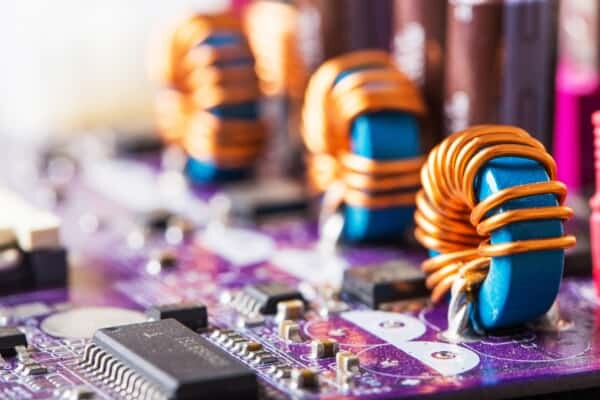Metal to metal adhesive US

Electronic component manufacturer needs a metal to metal adhesive in the US
We were recently contacted by a US manufacturer of electronic components who was looking for a metal to metal adhesive. The metal to metal glue was needed to form bonds between aluminum and copper allowing for resistance measurements.
There are many different types of metal glues, most of which are suitable for metal to metal bonding. However, in this case a metal to metal adhesive was needed to bond dissimilar surfaces. The adhesive, additionally, needed to have other special properties.
Metal to metal adhesive specifications
The initial enquiry needed specified by more information on the product and the specific application. The US based manufacturer informed us that they are looking for an easy and efficient to apply adhesive system, preferably a single component glue, which serves the needs of both aluminum and copper. In addition, the adhesive is ideally suitable for manual and automated applications to guarantee versatile use.
As the copper and aluminum surfaces were crucial for measuring resistance, the adhesive was required of a certain level of electrical conductivity. This narrowed down the possible adhesive suppliers.
Finding a copper to aluminum adhesive supplier
In order to connect the American component manufacturer with the most suitable adhesive supplier, we asked around within our network. Eventually, we concluded that two of the potential suppliers could offer a metal to metal adhesive solution that would meet the specified needs of the product.
We decided to introduce both adhesive suppliers to the electronic component manufacturer and leave the final decision up to them. The manufacturer shortly concluded that one of the options was more appealing than the other.
Proceeding towards placing an order
As the US based component manufacturer had been successfully connected with a metal glue manufacturer, it was time to move on towards placing an order. However, before that, both companies ran tests in the laboratories to confirm the compatibility and ideal functionality of the metal to metal adhesive and the materials that required bonding. The test results are currently being reviewed and an order is expected to be placed.
Are you in need of a metal adhesive?
Metal to metal bonding involving dissimilar metals can be tricky, especially when additional characteristics such as chemical resistance and heat resistance are needed. Do not hesitate to contact us if you need any assistance with choosing the best possible metal to metal adhesive for your product, project or process.
Process at adhesives+coatings in 8 steps
1. Receiving enquiry
2. Collecting information and clarifying specifications
3. Looking for supplier in our database
4. Introducing the client to the potential adhesive or sealant supplier
5. Exchange of technical details between supplier and end-user
6. Sample testing and advise on system specific methods
7. Sales and delivery
8. After Sales and implementation support
What solution are you looking for?
We are specialized in the metal to metal adhesive us. Need the best products or advice? Then please leave your details and we will get in touch.


